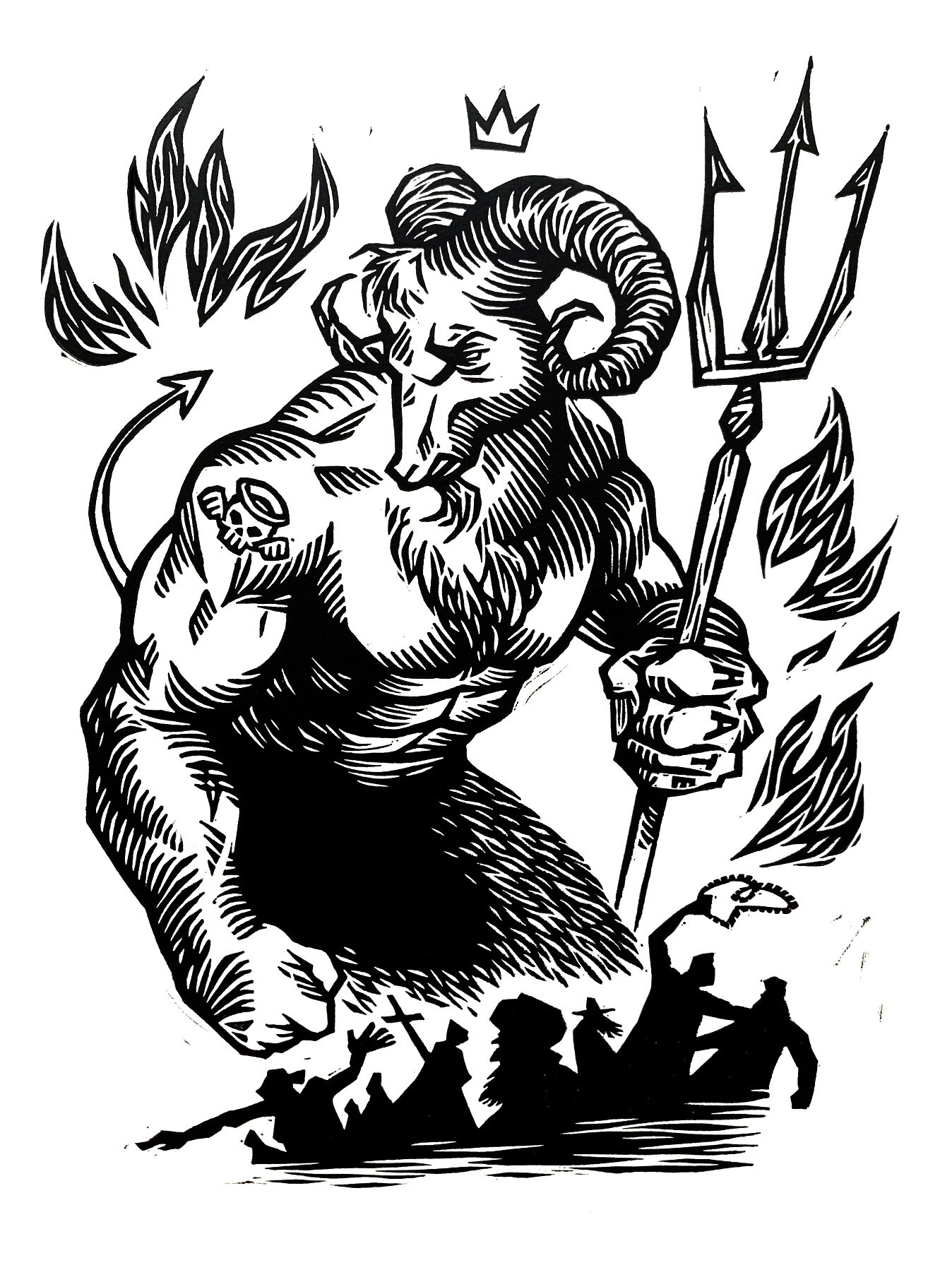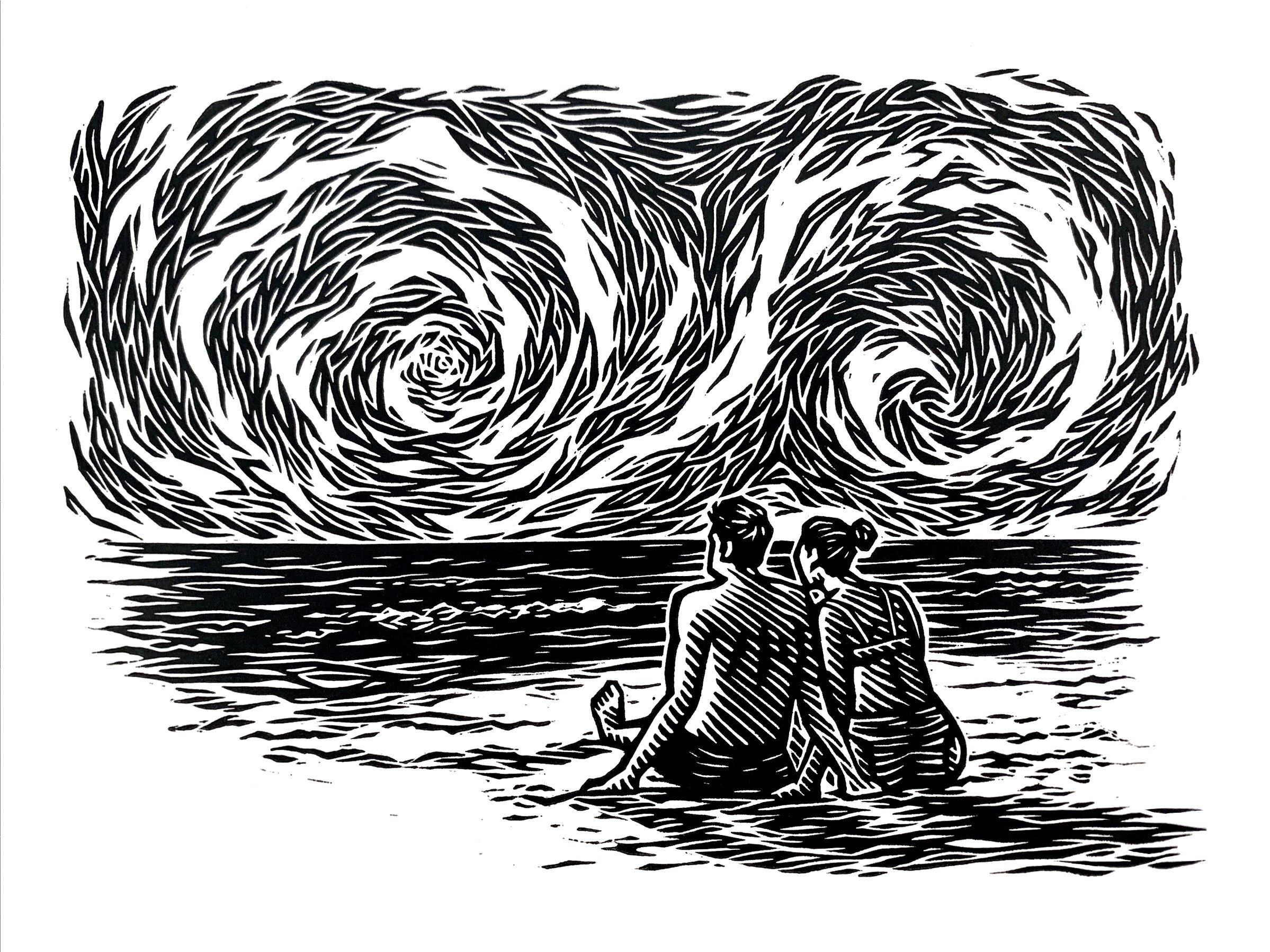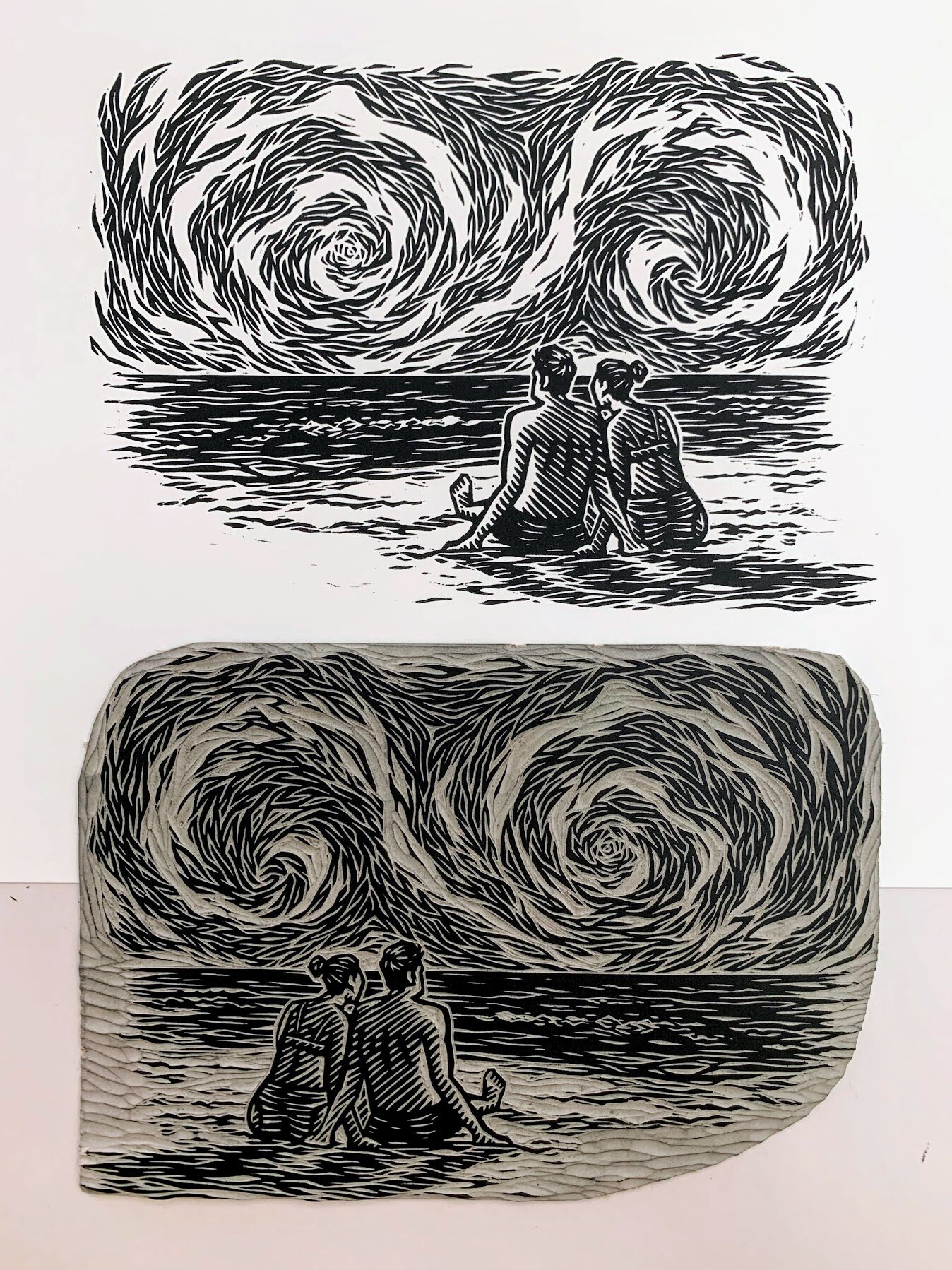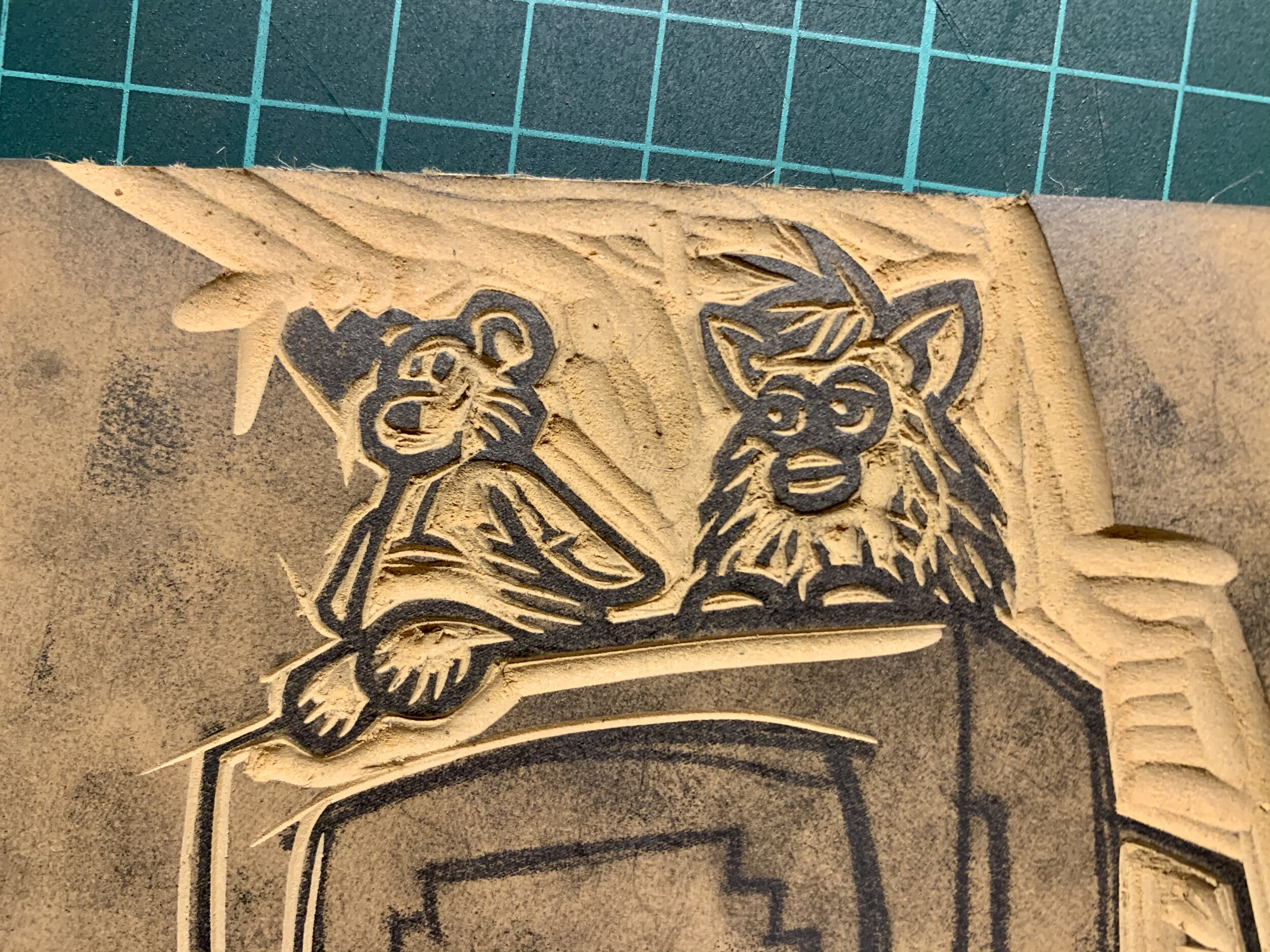









It may be the end of us, but a solar storm also has the potential for great celestial beauty.



I’ve been busy drawing and carving illustrations for a new project I’m working on. More details to come!




Plague has been a threat to humanity since the dawn of civilization five thousand years ago. This timing is not a coincidence, because shared illness is an outcome of civilizations that gather, trade, and travel at accelerating rates with each passing generation. Fortunately, our understanding of science grows along with it.
The Black Death swept across Europe in the fourteenth century, just as people settled into rapidly growing cities. This was long before the recognition of germs and hygiene, so there was little hope to curb the spread of the bubonic plague, ending with an estimated wipeout of up to 60% of the European population. Still, some doctors knew to cover their faces with masks, while others cautioned against preventative measures, declaring that the disease was sent by God and death would ensure a place in paradise. The source of the disease is now said to be a bacteria from fleas carried by rodents that found a home in the newly populated cities.
Today, our understanding of viruses has improved but the threats remain. Urban sprawl has expanded into natural habitats, exposing humans to diseases carried by animals we wouldn’t normally come in contact with. The COVID-19 pandemic has proven that modern science has an incredible ability to react to these ancient problems, but the issue of exposure remains. Without a better understanding of how to limit human contact with animal-hosted viruses, a worse one could potentially be just around the corner.

This is inspired by one of my all-time favorite movies, La Haine. Whenever I see the gun hand gesture, I think of Vincent Cassel’s character pointing it in the mirror. I used my own hand for reference and find myself stylistically interested in the fleshy folds of hands.


Darrel Perkins








I was particularly moved by Amanda Gorman’s inauguration poem The Hill We Climb, and was also mesmerized by her elegant hand movements during the reading.




In 1910, in preparation of Halley’s Comet passing Earth, people feared the end of times and entrepreneurs got creative. You could gain protection from “The Evil Eye in the Sky” and its chem trails by purchasing a special gas mask. Try this Haitian voodoo medicine branded as “An Elixir for Escaping the Wrath of the Heavens.” A couple of enterprising capitalists in Texas were arrested for marketing sugar pills as a comet cure-all, only to be released by police when a mob of faithful customers demanded their freedom.
On May 19, 1910, when Halley’s Comet crossed the sky, people quarantined in their sealed homes, packed churches, or watched from rooftops and were convinced they could smell burning. A California man nailed himself to a cross. Life went on. The comet would return for a viewing in 1986, and, if you’re looking forward to another doomsday, will return again in 2061.


